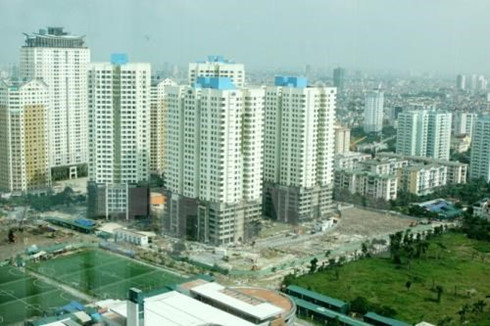Workshop seeks ways to save energy in buildings
Thứ Ba, 06/12/2016, 10:39
Measures to save energy in designing, constructing and operating buildings were the focus of discussion at a workshop organised by the Department of Science, Technology and Environment under the Ministry of Construction in Ho Chi Minh City on December 5.
 |
Statistics showed that there are about 1,500 buildings each covering 2,500 square metres upwards in five big cities across the nation. They consume a large amount of energy and make up a majority of green-house gas emissions.
It is crucial for the buildings to apply modern technologies and management methods to reduce energy consumption, thus contributing to ensuring energy security and the environmental protection.Deputy Director of the Department Nguyen Cong Thinh highlighted the active application of energy-saving technologies, especially in the private sector. Most of the 30 green buildings in Vietnam are owned by foreign investors or private companies, which help reduce energy costs while improving their competitiveness.
The industry and construction are among the sectors consuming the most energy, up to 54 percent of the total energy consumption in Vietnam, particularly by office buildings, mall centres and hotels.
Ly Thi Thuy Huong from the HCM City Energy Conservation Centre underlined weather-unfriendly designs of buildings in Vietnam, saying that most of them use glass-wall and fixed windows, consuming a large amount of energy for air conditioners.
She suggested new works follow the Ministry’s Regulation QCVN 09:2013/BXD on energy efficiency in buildings, targeting to reduce their total use of energy by 14-36 percent.
She also called for energy-efficient designs for buildings, such as openable windows and heat-proof construction materials to reduce the demand for energy.
To accelerate the application of technologies in saving energy, the Ministry of Construction is carrying out a 3.2-million-USD project “Energy efficiency improvement in commercial and high-rise residential buildings in Vietnam” from 2016-2019.
The project, funded by the United Nations Development Programme, aims to reduce greenhouse gas emissions in construction, and improve energy use in Vietnam.
Its targeted works include hotels, schools, office buildings and residential buildings.
VNA

